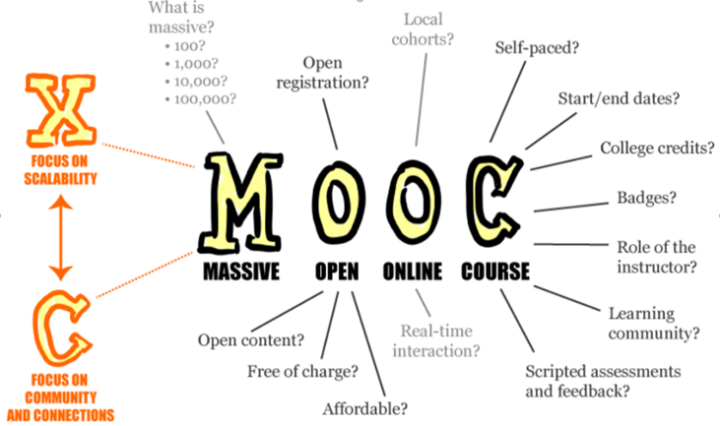MOOC criteria and support
By selecting a degree programme you are able to see the general content as well as the possible degree programme-specific content.
Search for degree programme
When you search for a degree programme by name or by part of the name the options in the list of degree programmes below the search field is narrowed down. After this you have to choose the degree programme from the list.
Open University programmes
Bachelor's Programmes
Master's and Licentiate's Programmes
Doctoral Programmes
Specialist training programmes
MOOC (Massive Open Online Course) means an open online course. MOOC is one way to offer the University of Helsinki courses for everyone. Services for Digital Education and Continuous Learning supports teachers in offering MOOCs. Read more Continuous learning and open university teaching.
MOOCS can be organized in different online learning environments.
